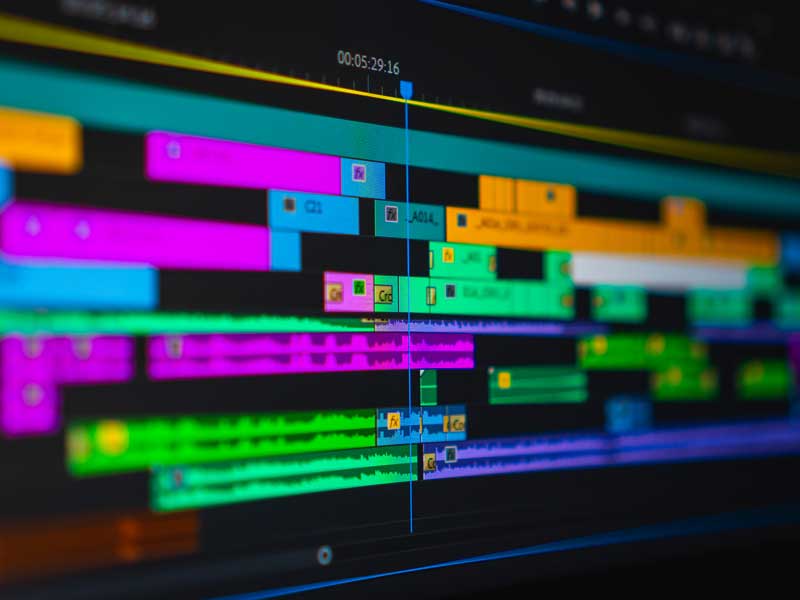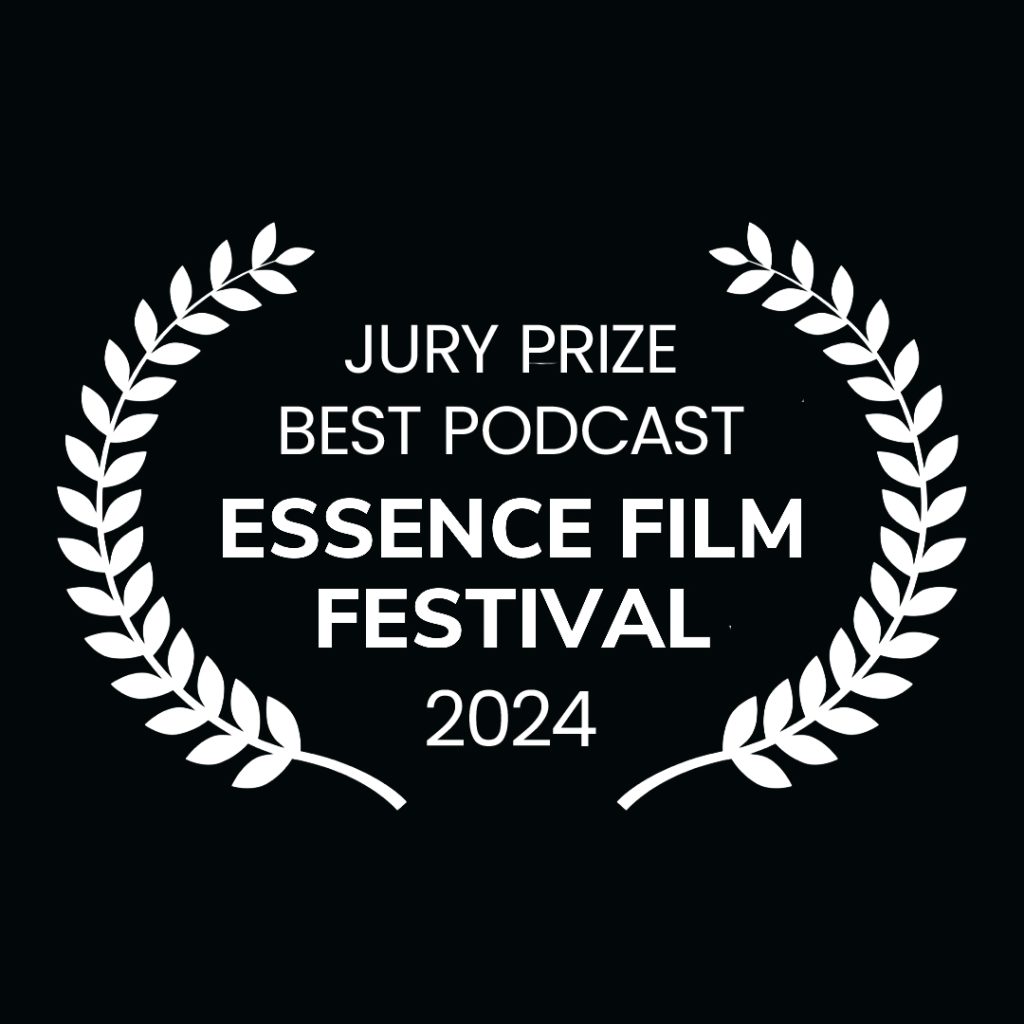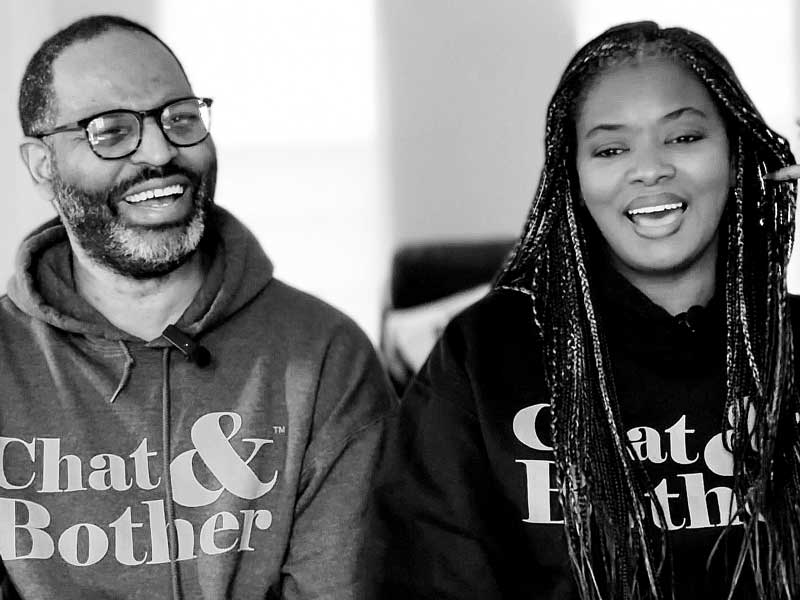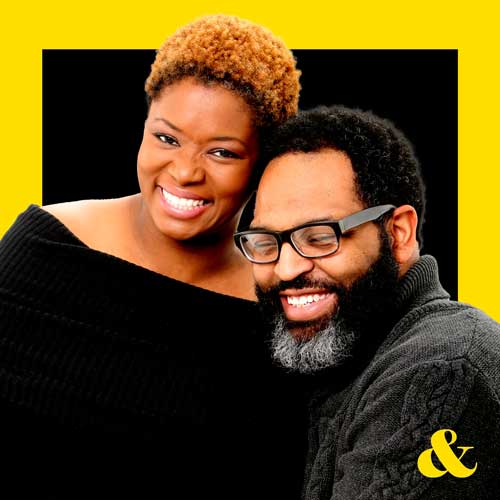Podcasters are faced with the question: audio-only, or should we also do video? The decision to record audio and video for your podcast comes with its own advantages and challenges. So let’s weigh the benefits against the drawbacks, consider the impact on audience engagement, and assess the implications for podcasters. Whether you’re a seasoned podcaster or new to the medium, recording both audio and video brings up a lot of considerations.
Is doing both audio and video worth the added complexity? Does the accessibility of audio-only content outweigh the potential of reaching wider visual audiences? Let’s talk about the pros and cons of recording both audio and video for your podcast—a nuanced conversation for creators seeking the perfect balance.
Pros of Recording Both Audio and Video for Your Podcast
Visual Engagement
Video adds a visual dimension to your podcast, allowing your audience to see facial expressions, body language, and any visual aids like slides or images that you incorporate. This visual engagement can enhance the way that people experience your podcast.
Expanded Reach
Video content can be repurposed for platforms like YouTube, reaching a broader audience beyond traditional podcast directories. Video clips can be shared as YouTube shorts or reels, tap into visual-centric communities like TikTok, and provide an additional way for people to discover your podcast.
Content Sharing is Easier to Diversify
Video clips or highlights from your podcast video can be shared easily on social media platforms, attracting more attention and potentially driving new listeners to your podcast. Sharing Reels in your Instagram and Facebook stories is a great way to let your listeners know that there is a new episode coming or that they may have missed one. When we surveyed our listeners, the majority of them learn about new episodes through clips in our stories on Facebook and Instagram.
Opportunities for Monetization
In such a crowded podcast landscape, it isn’t as easy as it used to be to make money. Video podcasts present additional opportunities for monetization, such as YouTube ad revenue, sponsorships, and partnerships with brands looking for your content, but also a visual component.
Improved Connection with Your Audience
Seeing the faces behind the voices creates an intimate connection with your audience. Facial expressions and visual cues can convey emotions and personality, fostering a deeper relationship with listeners.
Cons of Recording Both Audio and Video for Your Podcast
Production Is More Complex
Video production involves additional considerations, such as lighting, framing, and editing. This requires more time and effort. Our first season, we recorded ONE on camera podcast. It wasn’t harder FOR ME because I am coming from video editing to podcasting, not the other way around. I am used to lighting and editing video. We also didn’t do anything dramatic – one camera, one mic, two chairs. From that I was able to edit the video first, then extract the audio for the podcast. If you want to do something more involved AND you have guests, this could be infinitely more complex than just recording the audio. If you are doing it on zoom or streamyard, you may not have to deal with securing a location and lighting, but you still will have to edit. If you aren’t familiar with editing video, it could get quite time consuming depending on the length of your podcast.
Increased Resource Requirements
Recording video requires video editing software, more storage on your computer and in the cloud, and more processing power compared to audio-only recording. This could lead to increased equipment and hosting costs. Once you add video, you have gone from needing a mic, headphones, and a computer to needing one or more cameras, lighting, more software, and more advanced hardware. Who will be running the camera? You may also need more people on-site to help you produce video.
Being Camera Ready Can Be a Challenge
Now that video is a prevalent component in podcasting, when you ask someone to be on your podcast, they ask, “is it audio only, or do I have to be on video?” Not everyone likes to be on camera. The presence of cameras can not only affect the natural flow of conversation, but they make some people uncomfortable – even on Zoom. Hosts and guests might become more self-aware or distracted, which can impact the authenticity of the podcast.
Related Reading – Part 1: The Pros and Cons of Recording a Podcast with Guests In Person vs. Recording on Zoom or StreamYard
Editing Can Be Costly
When you are deciding whether to do both audio and video, you have to consider the costs. Costs include not just money, but also time. Video editing requires additional skills and tools – do you have time to learn or money to buy equipment? Do you have money to pay someone else? If you are just starting out, chances are, the answer is no. Handling both audio and video editing may be challenging for beginners, and difficult for someone who plans to be both the creator and the producer.
Related Reading – The Basics of Editing Your Podcast Audio
File Size and Upload Time
The most time-consuming part of my workflow is uploading video. I upload video (audiogram and image) to multiple platforms and to the cloud for each episode, and it feels like it takes forever. Rendering time? Whew. That’s another thing altogether. Video files are significantly larger than audio files, resulting in longer upload times and increased bandwidth requirements for both creators and listeners.When I am just doing the audio, it takes no time. A fifteen to twenty minute episode is 25MB tops, and I only upload it to my podcast host and the cloud. Easy peasy – I’m done.
So where have we landed? Are you planning to do both audio and video for your podcast? Your decision to record both audio and video for your podcast depends on your goals, what your audience prefers, and how comfortable you are with additional costs and complexities. While video provides additional opportunities for engagement, audio-only podcasts are still a powerful way to connect with your audience. After you weigh the pros and cons based on your priorities and resources, you should feel confident that you are making an informed decision that lines up with your podcasting vision.






